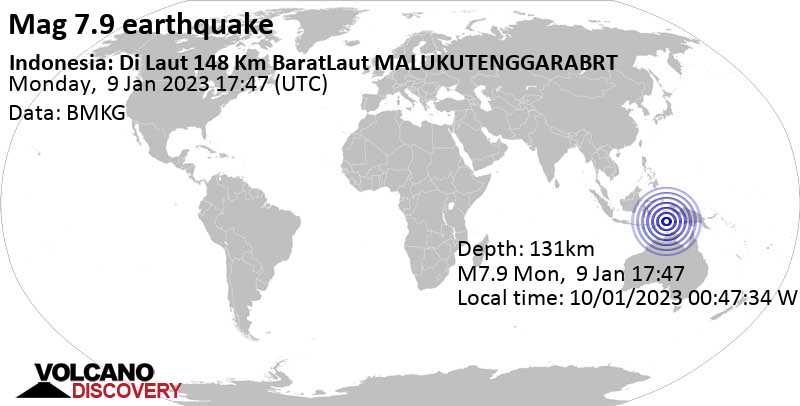The target becomes a reference after the launch of the Regional Action Plan for the Acceleration of Battery Electric Vehicles on Thursday.
Head of the Bali Transportation Office I Gede Wayan Samsi Gunarta stated here on Thursday that the regional action plan would become an important note on the transition to electric vehicles in Bali.
“There is a target of carbon emission reduction of 41 thousand tons in 2026, with the target of the use of 140 thousand units of electric motorcycles, 5,719 units of electric cars, and 50 units of electric buses,” he stated.
According to Gunarta, targets were calculated based on the national emission target.
The regional action plan upholds five pillars to reach the targets: management, infrastructure, industry, human resources, and marketing and communication.
“Apart from requiring strong policies, these five pillars need funding strategy that encourages collaboration between the government and the private sector, including government business entities,” he explained.
The office head noted that achieving those targets requires the support of all ecosystems, including community awareness of social, economic, and environmental responsibilities.
From 2019 until now, as many as 1,766 electric motorcycles have been used by Bali residents, with an upward curve occurring since 2021.
To support the acceleration of zero-emission Bali in 2045, several supporting aspects have also been prepared, for instance, public electric vehicle charging stations (SPKLUs).
Bali Governor I Wayan Koster, who led the launch of the regional action plan, stated that if efforts in the action plan can be realized, Bali can conduct transformation in the field of transportation and healthy ecosystems.
“What is important is our air is not polluted. If we breathe polluted air, it will affect our health, and we will get lung disease and shortness of breath more easily,” the governor cautioned.
Related news: Minister asks public to raise awareness on air pollution
Related news: Govt to impose tax on motor vehicles exceeding emission standards





































